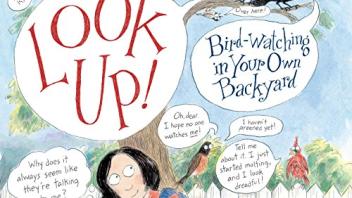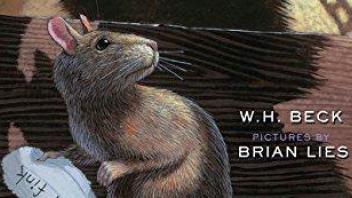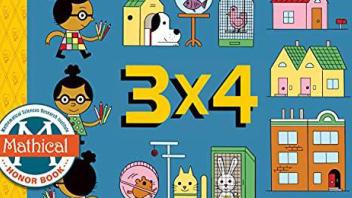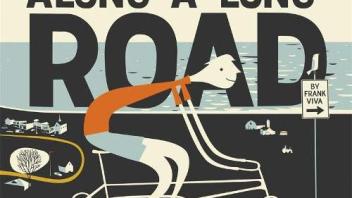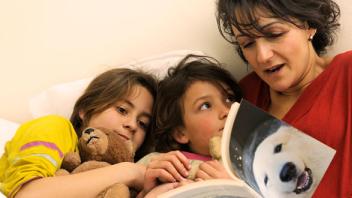I co-wrote the book Five kinds of Nonfiction with literacy educator Marlene Korea. And it introduces a system for classifying nonfiction by its characteristics. And there are five, and I will start out by talking a little bit about traditional nonfiction. These are the kinds of nonfiction books that we all grew up with, but they have been evolving all the time. And this is one of my new brand-new favorites. This book just came out recently.
Traditional nonfiction books are a broad introduction, a general introduction to a topic. They can be part of a series. They have an expository writing style. They often have various text features. They are looking at a broad topic and using clear accessible expository language. And so that kind of nonfiction has been around since probably the 1950s in the children’s market. What has come, there have been some newer kinds of nonfiction that have been introduced over the last 20 to 30 years.
And the first of these is narrative nonfiction. So narrative nonfiction started out in the adult world in the 1960s or maybe early 1970s. And it started to appear in the children’s world in the 1990s. And see, these are books that tell a story or convey an experience. They are often biographies or books about historical events, and they have all the characteristics of the story except everything is true. So there’s a real character, there’s real settings, there’s real dialogue. And so these books are great for kids that really connect strongly to stories. Studies show that some children do and some children don’t. Traditional, I didn’t mention this before, but traditional nonfiction is great in the early part of the research process where you’re just sort of reading around a topic and trying to decide what you want to focus in on.
And then a little bit later in the process, the research process, it’s great to use some browsable nonfiction. So these came into play in the early 1990s. They were invented really by Dorling Kindersley when they created their Eyewitness Books. And books have a lot of text features. They have a lot going on on each spread. They have a lot of little images, they have a lot of different text blocks. And these are great books for kids to share as a group. They also have tantalizing tidbits. And because they have all those text features, you can find specific information easily, which makes them great for more targeted research.
Another category, a newer category that started to appear in the 2000s is called expository literature. And these books were really a reaction to what was happening in society and in publishing at that time. It was when No Child Left Behind was introduced, and a lot of money was taken away from school libraries to use to fund that programming.
So we lost school libraries lost their budgets. A lot of school librarians lost their jobs. And at the same time, the rise of the internet made it pretty easy to get an article on. Let’s say you were writing about volcanoes or the Boston Tea Party, if you wanted just kind of that general introduction, you could probably find it on the internet. So nonfiction authors and publishers really needed to raise their game. And so expository literature still has an expository writing style, but it is more creative, it’s more focused. And because of that, it has richer language, it has strong verbs, it has all those characteristics that we think of when we think of writing craft. And so a few examples of that is this is a brand new book that I love, and a lot of expository literature books have illustrations, but this one actually has photos. So there are small groupings of text or less text on a page. There’s a really strong interplay between the art and the words. Here’s another example that also has two layers of text.
And this one, the main text has a rhyming structure to it. And then there’s some secondary text. So these are really more literary than the other kinds of expository nonfiction.
And then finally, we have active nonfiction, which is, can be part of it can teach a skill or it can be part of an activity. So for example, there are birds, this supports birdwatching. This is a great hands-on book about experimenting with matter. This is really well done. And so these can be also, they can be books that come packaged with a little model that kids build, or they can be cookbooks or they can be a book on creating origami. So there are all these different kinds of nonfiction that can be used in different ways at different times. And different kids enjoy reading different kinds of books personally themselves. And so when kids know the kind of nonfiction that they gravitate to the most, they can use that to fuel their independent reading.












